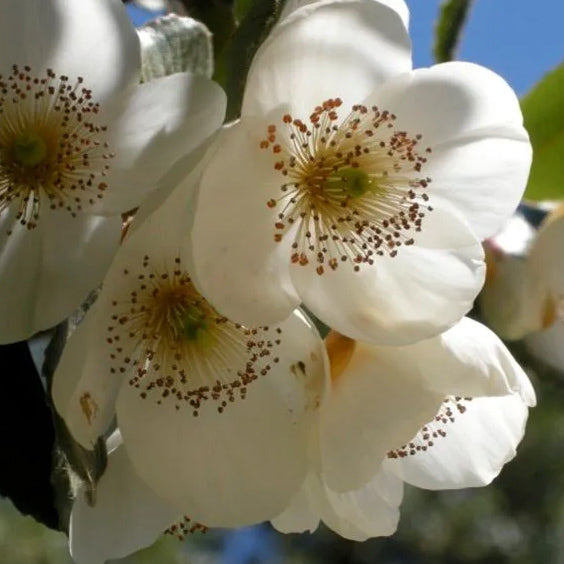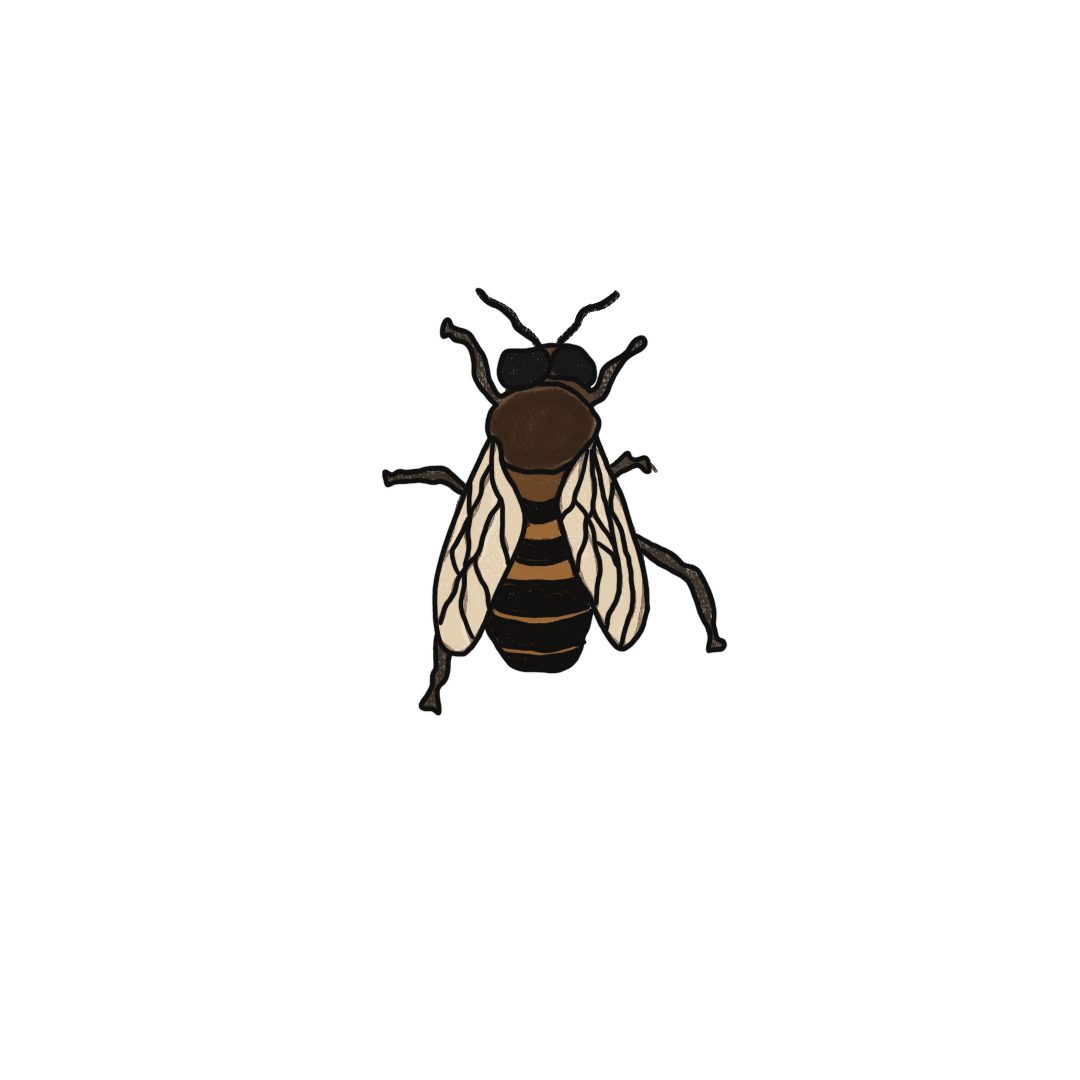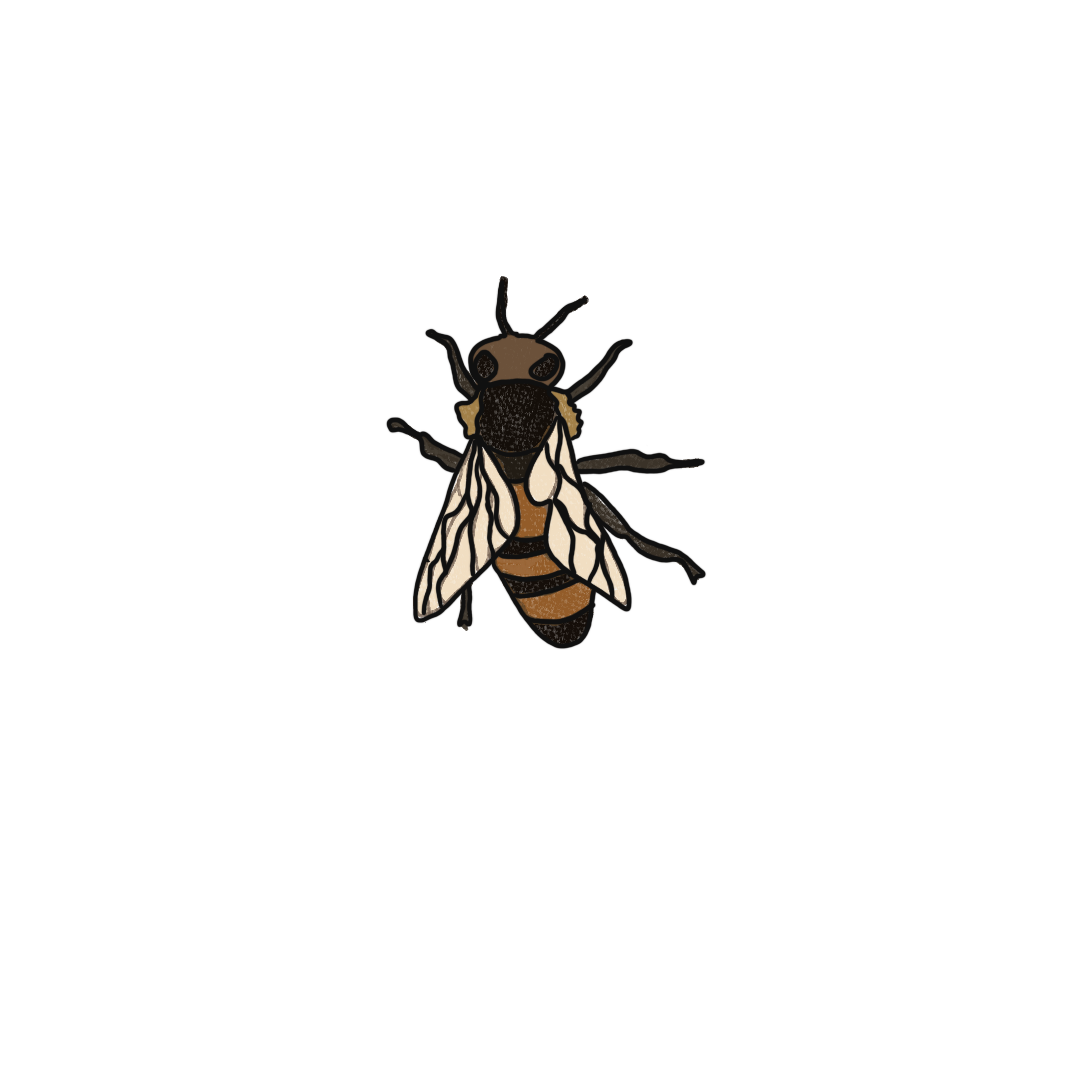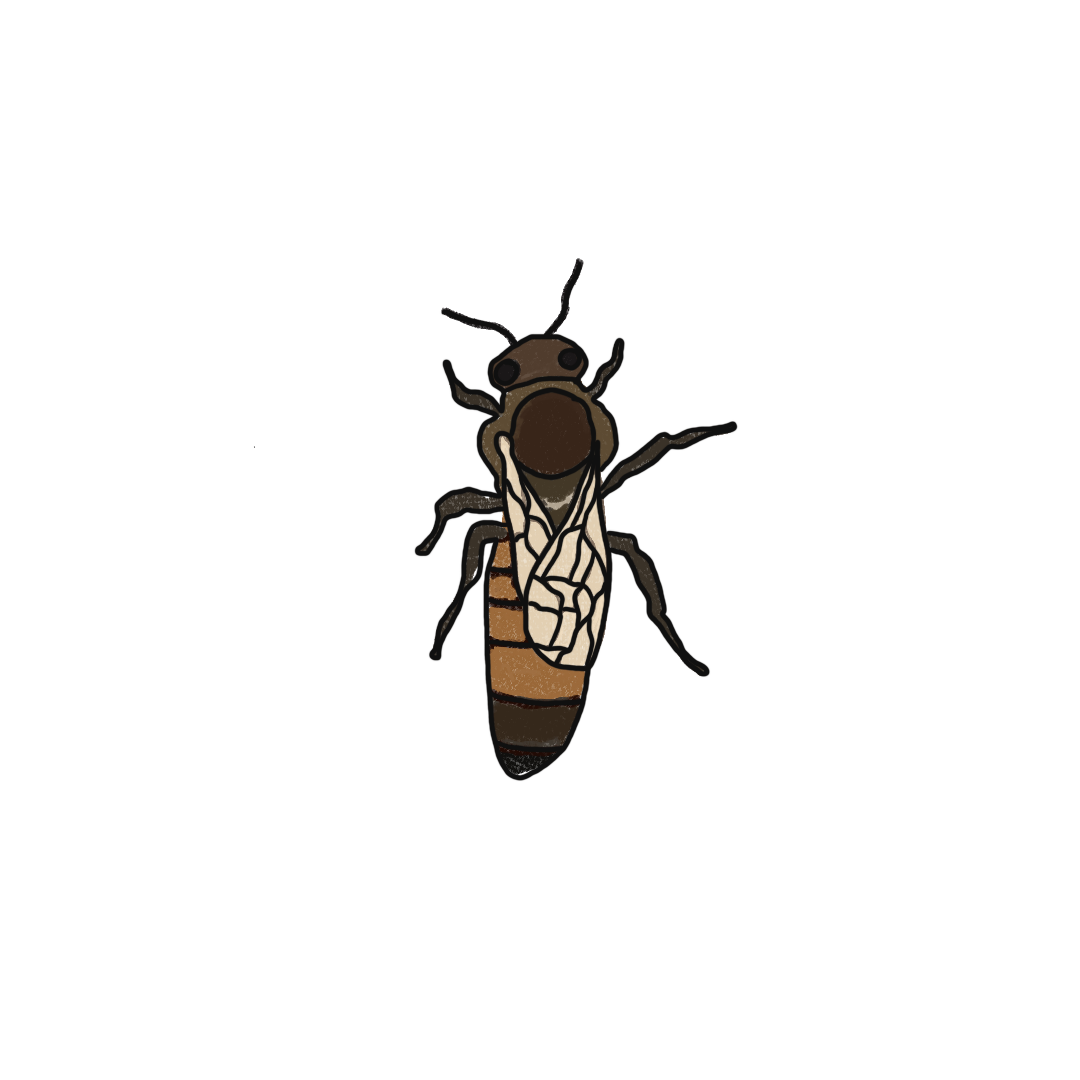
Composition of a Body
In physics, internal energy is what keeps a system and its composition unchanged. It refers to the random motion of particles within a system.

The energy that keeps the system and its composition unchanged in its state or deformation is internal energy .
Nectar
The nectar of the Ulmo tree contributes to the internal regeneration and repair of the body or system, it has biocompatibility in the creation of scaffolds for the regeneration of human tissue in the skin and internal organs, which is why we relate it to internal energy .
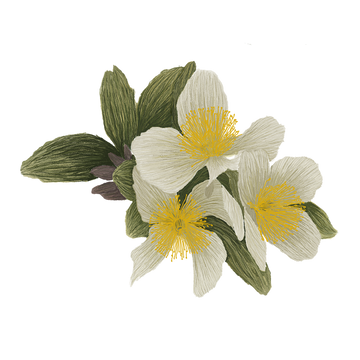
ULMO / Eucryphia Cordifolia
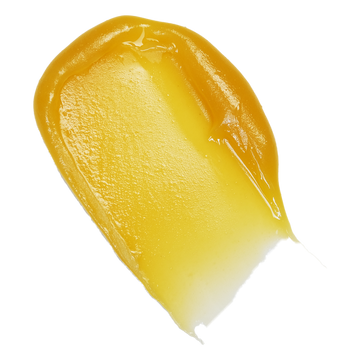
ULMO HONEY
The Ulmo honey produced in El Cabrito contains 89% monofloral nectar from the Ulmo tree.
It is a natural treasure with exceptional properties for the body's well-being. Its unique combination of antibacterial, antioxidant, anti-inflammatory, and immune-boosting properties makes it a valuable choice for promoting overall well-being.
CHOOSE YOUR BEE
Ulmo
BOTANY
Eucryphia Cordifolia , known as Ulmo , Chiloé oak, or glanders, is native to Chile and Argentina. Its natural habitat is along the Andes Mountains from 38 to 43°S lat., and up to 700 meters above sea level. It comes from the Cunoniaceae family.
It has also been introduced to the North Pacific coast of the United States and grows well in Scotland. It is threatened by logging and habitat loss.
It is a very elegant tree with a thick trunk and a wide crown, and can reach over 40 m in height. It blooms in February and March, depending on the latitude and altitude. Its ivory-white flowers contain a highly prized aromatic nectar for honey production. The fruit is a capsule approximately 1.5 cm long. Wood: light brown to brown, heavy, moderately firm, fairly hard, and very resistant to decay.
